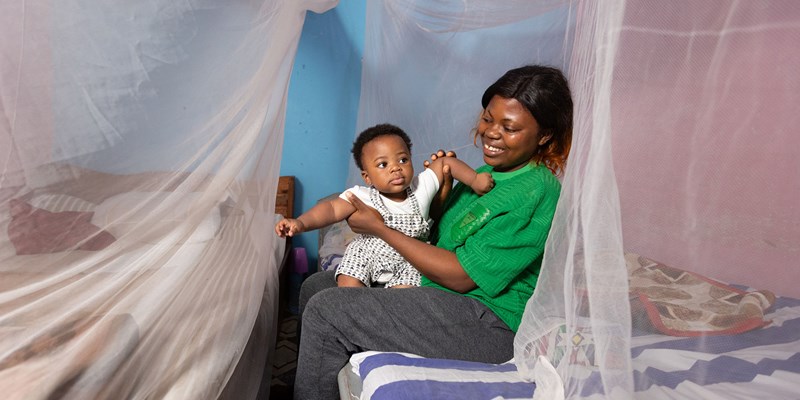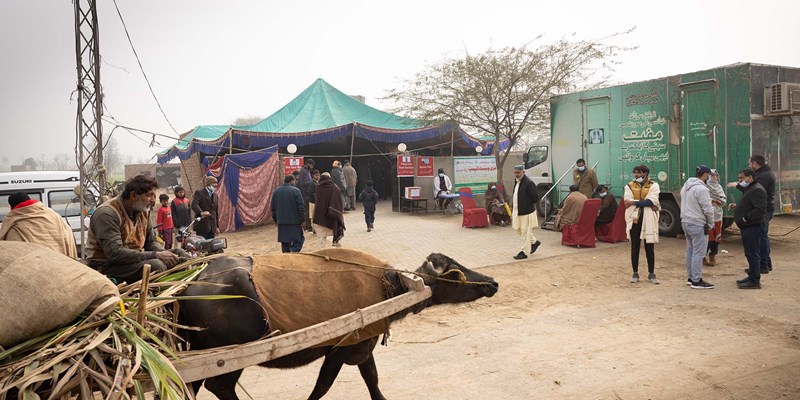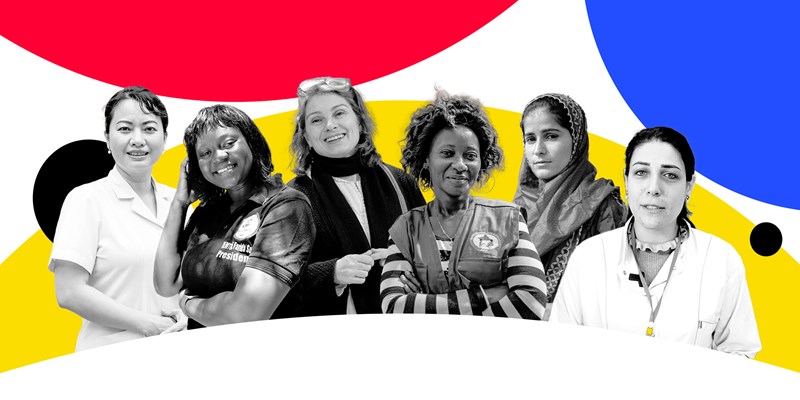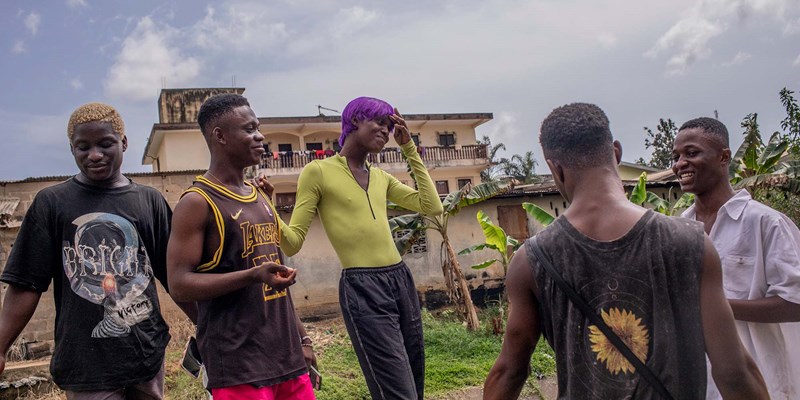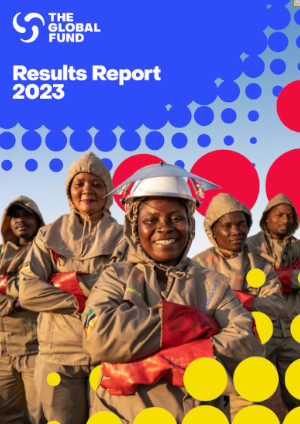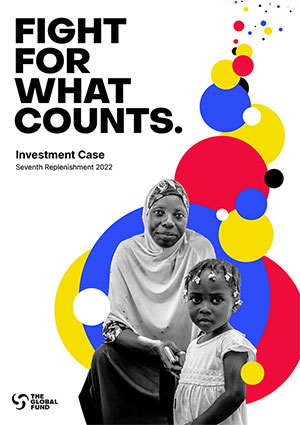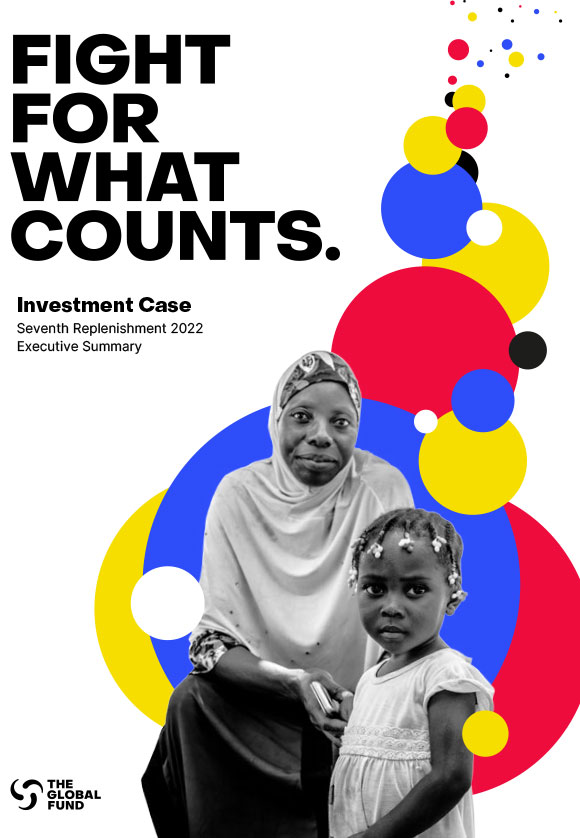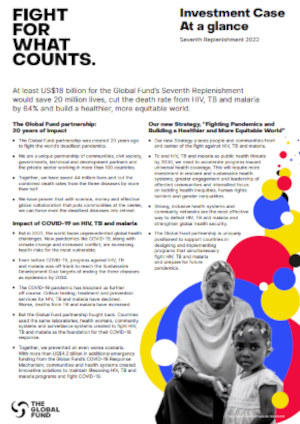Sharp Upturn Achieved in Finding People with TB
17 October 2019
GENEVA – Efforts to find and treat people with tuberculosis are showing remarkable progress, with 7 million people with TB found globally in 2018, including 600,000 more people than in 2017.
New results from WHO’s Global TB Report show that the percentage of people “missed” by health systems after failing to be diagnosed, treated or reported has dropped significantly to around 30% from 40% in the past three years. The largest share of additional cases come from countries in Asia with a high burden of TB: India, Indonesia, the Philippines and Bangladesh.
TB remains the world’s biggest infectious killer, with 1.5 million people still dying of the disease in 2018, even though it is fully preventable and curable. Progress in reducing TB has been frustratingly slow for many years.
Health experts estimate that the reason nearly one-third of the world’s 10 million people with new active TB cases are missed by health systems each year is because of persistent barriers to accessing health services, and because vulnerable populations – such as migrants, miners, children and people affected by HIV – remain hard to reach. The only way to end the epidemic is to sharply reduce the number of people who live with the disease without treatment and continue to transmit it to others.
Today’s results show a marked change in trajectory, aided by a strategic initiative by the Global Fund, the Stop TB Partnership and WHO to sharply accelerate progress in finding people with TB, concentrating in 13 countries with the highest disease burden, with a goal of finding an additional 1.5 million people with TB by the end of 2019, and then again every year. In these countries, by the end of 2018, already more than 800,000 additional patients were found and treated, compared with the baseline of 2015. In total, these countries reported 4.5 million patients under treatment.
“It’s great to see that concentrated efforts to find people with TB are yielding results,” said Peter Sands, Executive Director of the Global Fund. “We still have a long way to go on TB, but with strong political commitment and smart interventions, we can close the gap.”
Lucica Ditiu, Executive Director of the Stop TB Partnership, stressed the role of political commitment and translating it into action.
“These results give us great cause for hope,” said Ditiu. “When everyone understands that prioritizing TB really works and leads to closing the gaps in treatment coverage and reduces deaths, we can go even further.”
Dr Tedros Adhanom Ghebreyesus, WHO Director-General, said: “Sustained progress on TB will require strong health systems and better access to services. That means a renewed investment in primary health care and a commitment to universal health coverage.”
The results from the Global TB Report show that the gap between TB notifications and TB incidence in the 13 countries fell to 34% in 2018, down from 49% in 2014, the steepest drop on record. If trends continue, it is anticipated that 1.2 million additional notifications will be achieved in 2019.
The 13 countries in the strategic initiative on TB are Bangladesh, Democratic Republic of Congo, Indonesia, Myanmar, Nigeria, Pakistan, Philippines, South Africa, Tanzania, Ukraine, Kenya, Mozambique and India. Combined, they account for 75 percent of missing people with TB globally.
Last week, donors at the Global Fund's Sixth Replenishment Conference pledged US$14.02 billion for the next three years – the largest amount ever raised for a multilateral health organization, and the largest amount by the Global Fund. Refreshed efforts against TB aim to achieve the ambitious goal set at the United Nations High-Level Meeting on Tuberculosis in last year: finding and treating 40 million people by 2022.
Drug-resistant TB is on the rise and makes up one-third of all global deaths from antimicrobial resistance. The Global Fund is the largest external source of financing for the drug-resistant TB response in low- and middle-income countries and we are working with partners to support introduction of new drugs that provide better and faster treatment of drug-resistant TB, and the uptake of new, shorter TB preventive therapies.
To increase detection rates, the Global Fund partnership is investing heavily in expansion of diagnostic molecular technology, a transformational approach that increases the speed and accuracy of diagnosis of drug-resistant TB.
